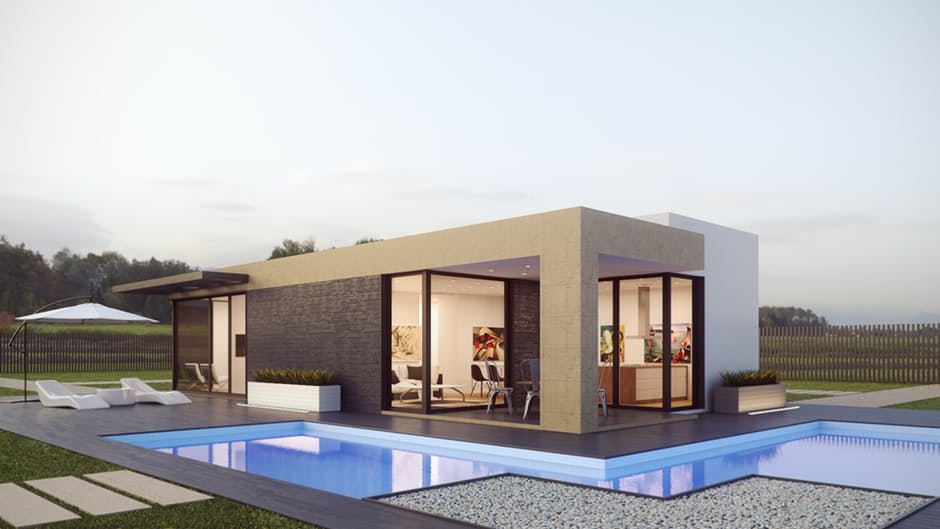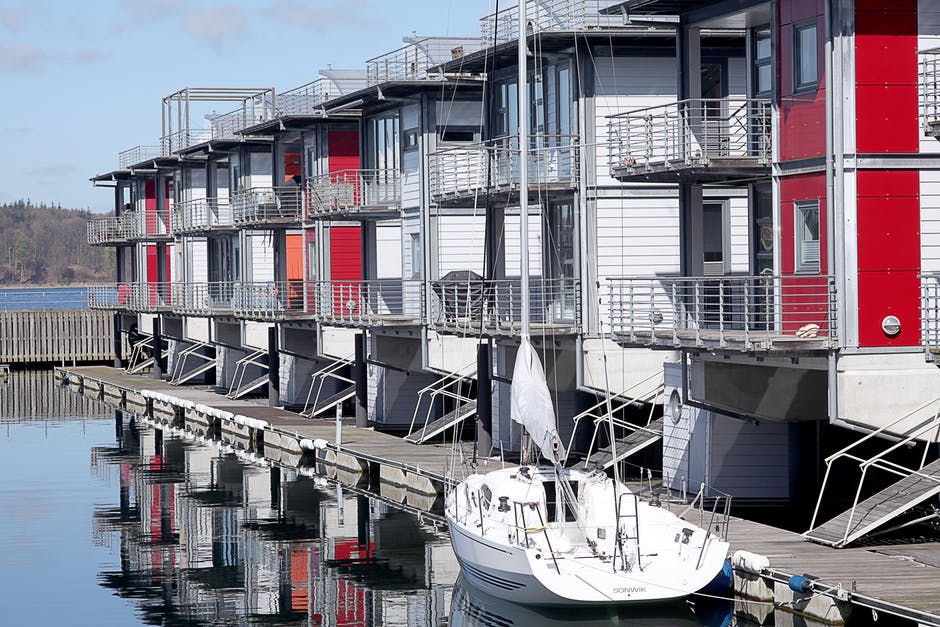There is a population of space savers who enjoy being boxed in where they live and work. Tiny homes and shipping containers seem to be showing up more in cities as people look for lower costs, easy upkeep and a smaller environmental footprint. But standard building codes have made it difficult to legally build a small space that is less than 1,000 square feet. A city makes decisions on home building based on building codes, which covers how a house is built, and zoning, which covers where and how many houses can be placed on a property, and how services and utilities must be accessed.
There are some loopholes and helpful tips to get around regulations that are offered by the American Tiny House Association. For instance, a tiny home could be added as an accessory dwelling unit to a property that has a “regular-sized” home.

Zoning regulations determine the size requirements of your home based on what zone it’s located in. Cities and counties have different rules, but most of the time, the size must be at least 1,000 square feet. City and county officials may not be very accepting of adding a tiny home to a neighborhood with larger houses, but building micro-home neighborhoods is becoming more acceptable. These homes are for cities that want to offer affordable housing to those with tight incomes or as a place to live for those without any place to call home.
The Hawaii Legislature is considering a bill that would authorize the construction of tiny homes in agricultural districts to increase affordable housing for farmers, though some are concerned this could have negative consequences on the states’ farm lands.
HB2 HD2 SD1 would authorize tiny homes of less than 500 square feet for farm workers in agricultural districts in a county with a population of more than 180,000 but less than 250,000. The bill is an amendment to Chapter 205, which designates employee housing related to farming. On May 2, the bill passed in the House and the Senate.
In November, the Salida City Council approved a plan to build 200 tiny homes in Colorado, marking what is possibly the nation’s largest tiny-home community. The 200 rental homes, ranging from 200 to 800 square feet, will be built on 19 acres along the Arkansas River. The neighborhood will include a community center, fitness center, community garden, storage units and 5 acres of parks and trails. Models to choose from are the Man Cave, Aspen and Birch. Once completed the new homes will assist the city by alleviating a shortage of places to live.
On March 30, Denver’s Department of Community Planning and Development issued a temporary zoning permit for a tiny home development in the RiNo Arts District. This pilot program will allow 14 homeless individuals a temporary place to reside. There will be 11 8-foot-by-12-foot shelters, a communal kitchen, bathroom and shower facilities on land leased by the Urban Land Conservancy. The dwellings are transportable if they need to be moved to another plot of land in the future. Similar projects are already underway in Seattle, Wash.; Austin, Texas; and Portland, Ore.

An architect in Fort Worth, Texas is building office space made from 40 of these steel boxes. The 3-story, 15,000-square-foot office “building” will be stacked and connected with the containers before adding windows, doors and stairs. Each office will provide 160 square feet for those who lease the space. The structure will be powered with solar panels and wind turbines.
In Detroit, college and high school students are using $300,000 in grants from the Kresge Innovative Projects: Detroit Knight Cities Challenge, the Detroit Riverfront Conservancy and Philadelphia-based group Groundswell, to build a project for public use. The 30,000-foot industrial space will debut around July. Shipping containers are popping up all over Detroit with a two-floor, indoor-outdoor space featuring five restaurants, a three-level mixed-use space and condos.
Many cities are not as accepting of these boxes due to their recent entry into the construction market and lack of education on these stackable structures. In Missouri, the Cape Girardeau City Council met in April and imposed a 90-day moratorium on issuing building permits for construction projects that use shipping containers as building materials. A developer had submitted plans in February to build a residential structure with containers and his proposal remains under review by city council officials. Current city codes do not address shipping containers and some have banned them due to their aesthetics, effect on property values, their structural integrity and whether they pose a health risk, such as lead paint.
But, if the minimalist movement continues and demand increases for tiny, livable, workable spaces, there could be an uptick in requests for qualifications and proposals in the future and a need to add them to the city’s zoning and building codes.
Strategic Partnerships, Inc. (SPI) is leading the way in the rapidly expanding area of public-private partnerships. Learn about SPI’s service offerings in both the public and private sectors by contacting them today
